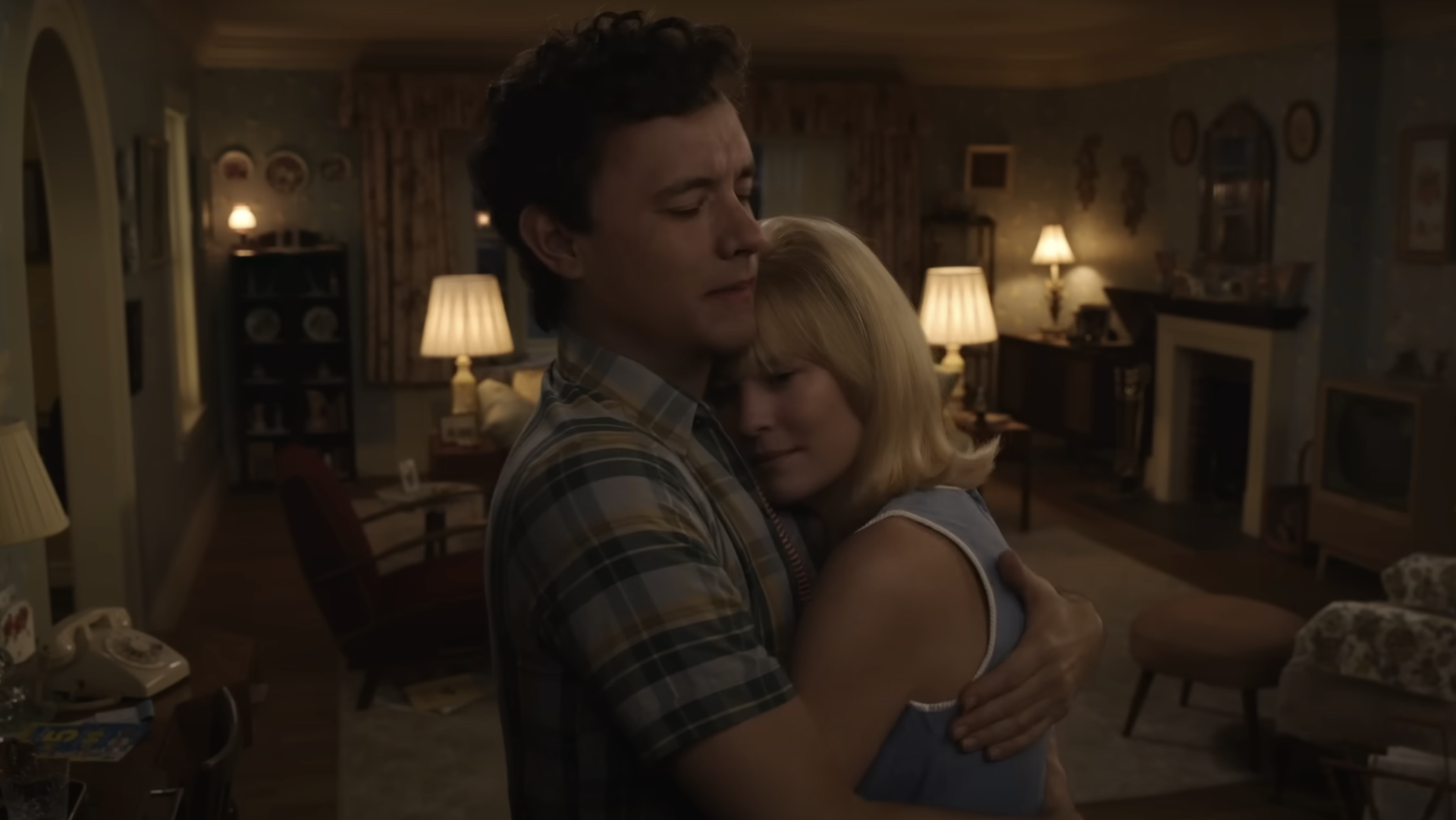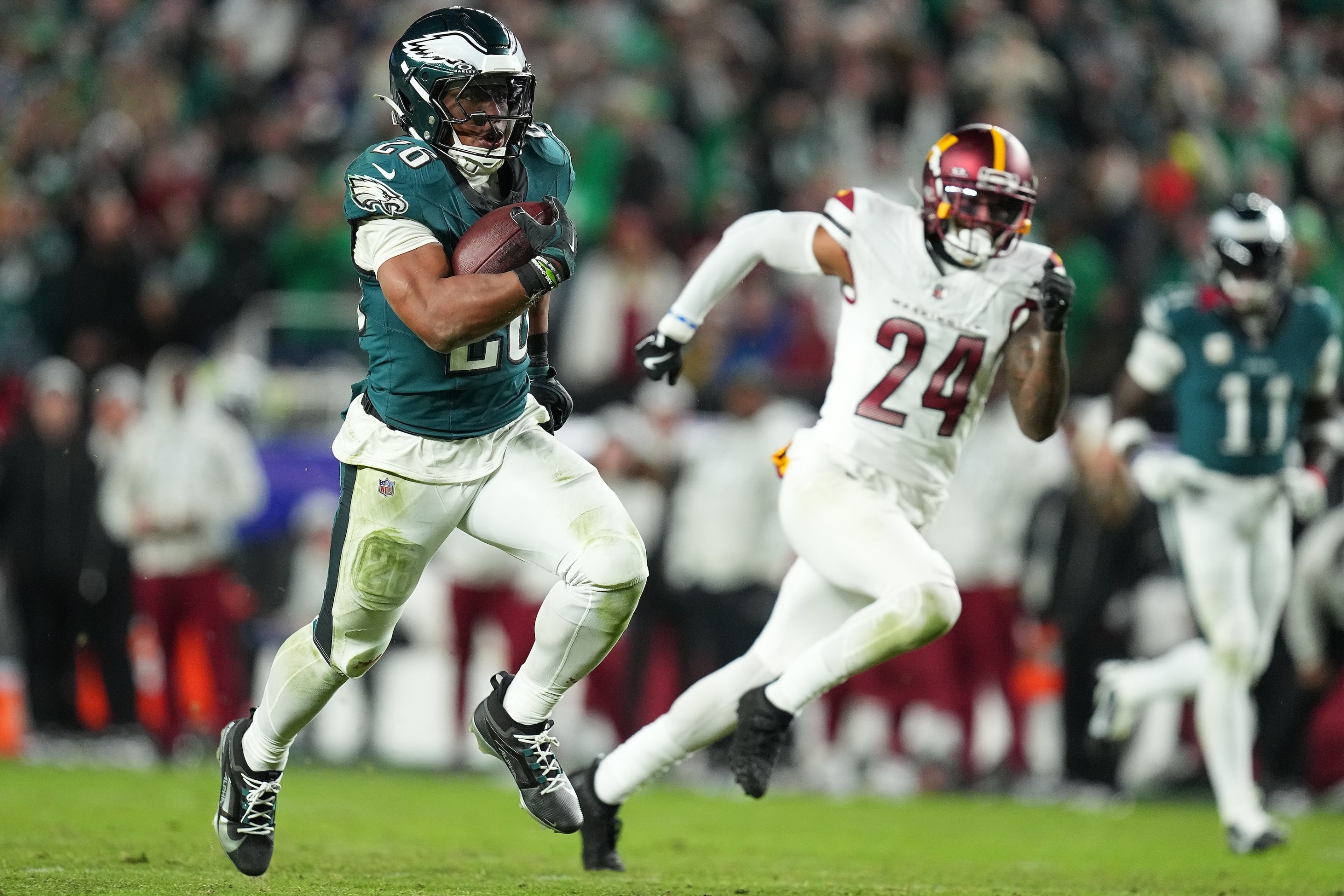No, I'm not OK with the Padres giving wunderkind shortstop Fernando Tatis Jr. a 14-year, $340 million deal, because it forces me to think about what 14 years means and how old I'll be at the end of it, and that is not very pleasant to think about! The passage of time is as cruel as it is inexorable, and the unceasing march toward death can easily be measured in megacontracts, if you're so inclined. Wait, what was this blog about? Oh, Tatis. Yeah, he rocks, good job by the Padres.
Tatis, who turned 22 last month, is already one of the best players in baseball, full stop. His offensive numbers from two big-league half-seasons put him in the company of names like Foxx and Gehrig at this point in their careers, and ahead of names like Griffey and Trout. He's aces with the glove. There's no reason to think that any of this is a fluke.
And there's no reason to think, if Tatis follows a standard-ish career arc, that this contract will resemble an albatross at its end, in his age-35 season. Certainly you'd put odds on the back end being preferable to the only two larger contracts in MLB, those belonging to Mike Trout and Mookie Betts, both of which were signed when those players were five years older than Tatis is right now. But even putting age aside, Tatis's $24.3 million AAV is reasonable and affordable and will look even more so come 2035, when top players will routinely be making $50 million per year.
Still, $340 million is a big number, and feels even bigger coming from the checkbook of the Padres, who have historically not spent money and have fielded terrible teams. (The two things could be related.) But San Diego has made a conscious decision over the last few years, and escalating this winter, to pay the price it takes to be a contender. Megadeals for Eric Hosmer and Manny Machado and now Tatis, and recent trades for Blake Snell and Yu Darvish, have set up the Padres to win now and win in the future. This is no doubt galling to fans of teams who could have done any or all of this themselves, were they more inclined to improve the on-field product than ignore it for fun and profit. It's especially galling, I think, to the owners of those teams, who have long relied on their fellow owners to maintain the collusion-lite impression that certain franchises can't do things like this, rather than admit the truth that they merely won't.
Here's a Ken Rosenthal column on the Tatis signing that dwells, to my mind excessively, on the risk of the long-term deal. What about the risk of not having a player like Tatis under contract in his prime? What about the risk of having a bad baseball team that fans don't want to watch? It's a strange column, overly concerned with the sustainability of the Padres' push for contention, that reads almost as if Rosenthal has internalized years of owners telling him it'd be bad business to spend big money. I'm not saying owners in places like Cleveland and Boston are specifically in Rosenthal's ear, urging him to help sell the lie they've been trying to sell their fans; I'm just saying those lies have become a sort of conventional wisdom, to the benefit of owners, and to the detriment of players and fans.
I'm not telling you anything you don't already know, intuitively, but it's worth saying again and again because certain wealthy people have a vested interest in you believing otherwise: Teams have the money to do this. All teams! (Even San Diego, no one's idea of a deep-pocketed franchise, has an ownership group chaired by a man worth billions. That's billions, with a "B" at the start and an "S" at the end.) Each MLB franchise gets $67 million a year from the national TV contract for doing absolutely nothing but existing, and then you can add in the local TV deal, and ticket sales, and merchandise, and licensing.
The funny thing about those revenue streams is that you can make them go up by offering customers a better product. You can make money by spending money, especially in the entertainment industry, which is all modern baseball is. San Diego is a "small-market team"? (I hate that term, because it implies a limitation that's out of the hands of the owners. Use "small-budget" instead.) San Diego is no smaller a market than St. Louis, which, by regularly fielding a competitive team has drawn consistently good attendance and earned a juicy local TV deal. San Diego is no smaller a market than Cleveland, which draws like gangbusters when it spends money and makes postseasons—and doesn't when it doesn't. Same goes for MLB's single smallest market, Milwaukee. The Padres, by committing to Machado and now Tatis, would apparently prefer to emulate the long-term success of the Cardinals; that's good for their fans and good for baseball, and it's just good business.
What's particularly refreshing is that the Padres never dithered when it came to Tatis. They did not screw around with his service time, putting him on the opening-day roster in 2019 when keeping him down a few weeks would've given them an extra year of control. They did not let him play out his arbitration years. They recognized that they have a generational talent on their hands, plugged him into the lineup as soon as he could help them win, and have made certain he'll be helping them win for a long time to come. San Diego is MLB's model franchise right now, and has become so simply by doing the obvious. It'd be refreshing, if it weren't so depressing how revolutionary it feels.





